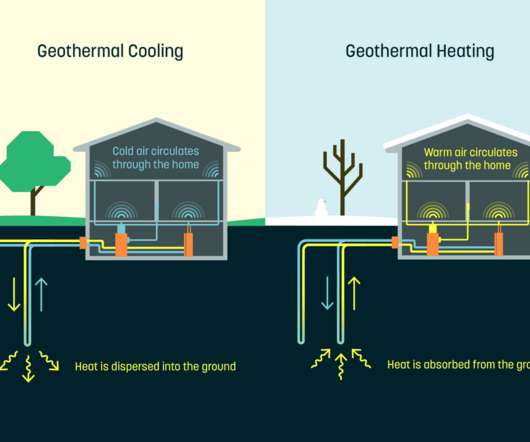Last Mile EV Delivery In The Philippines Boosted By Battery Swapping Partnership
CleanTechnica EVs
DECEMBER 1, 2022
Electric 2-wheelers have been part of the last-mile transportation in the Philippines since 2006 when the first electric bicycles and scooters came in from China. These vehicles were however, low mileage, and high maintenance using heavy lead acid batteries for power.












Let's personalize your content